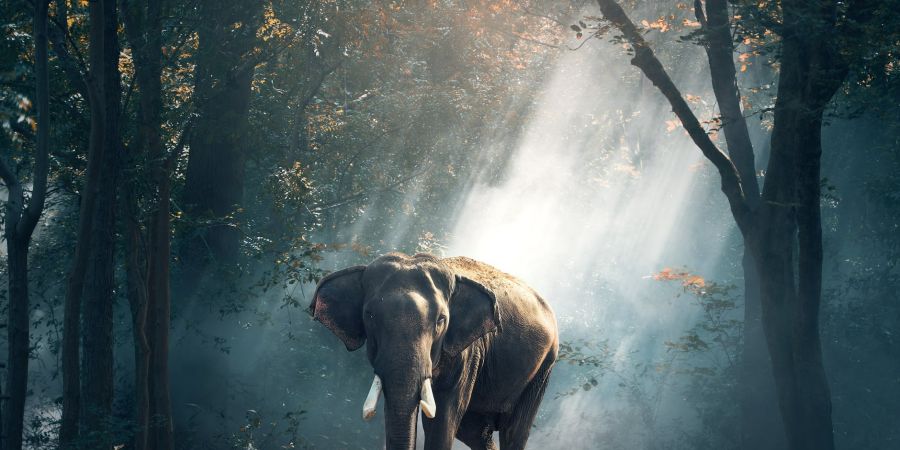

Wildlife photography can be a challenging but rewarding field. From frozen tundras to steamy rainforests, photographers go to great lengths to capture the beauty and behavior of animals in their natural habitats. Whether you're a professional or amateur photographer, there are a few key techniques that can help you take stunning wildlife photos.
First and foremost, it's important to have the right equipment. A telephoto lens is essential for getting close-up shots of animals from a distance, without disturbing them. A lens with a long focal length, such as a 400mm or 500mm, will allow you to capture detailed images of animals at a distance. It's also a good idea to invest in a sturdy tripod to keep your camera steady, especially when using a long lens.
Another important consideration is lighting. The best light for wildlife photography is often early in the morning or late in the afternoon, when the sun is low on the horizon. This creates a warm, golden light that can give your photos a beautiful, soft glow. Avoid shooting in the middle of the day, when the light is harsh and contrasty.
Composition is also crucial in wildlife photography. Try to fill the frame with your subject, rather than leaving too much empty space around it. This will help to draw the viewer's eye to the animal and create a more impactful image. It's also a good idea to pay attention to the background and make sure it isn't cluttered or distracting.
When it comes to capturing the behavior of animals, patience is key. It can take a lot of time and effort to get the perfect shot, so be prepared to wait and watch for the right moment. It's also a good idea to do your research beforehand and learn about the habits and behaviors of the animals you're photographing. This will help you anticipate their actions and be ready to snap the perfect shot.
One technique that can be particularly effective for capturing wildlife in action is the use of a fast shutter speed. This will freeze the movement of the animal, allowing you to capture sharp, detailed images. A shutter speed of at least 1/1000th of a second is generally recommended for capturing fast-moving animals.
In addition to the technical aspects of photography, it's also important to approach wildlife photography with a sense of respect and sensitivity. Always be mindful of the animals you're photographing and their welfare, and never disturb them or get too close. Remember that you are a guest in their home, and it's important to respect their boundaries.
To sum up, stunning wildlife photography requires a combination of the right equipment, good lighting, strong composition, patience, and a sense of respect for the animals. With these tips and techniques, you'll be well on your way to capturing beautiful, evocative images of the wild.




